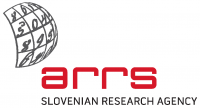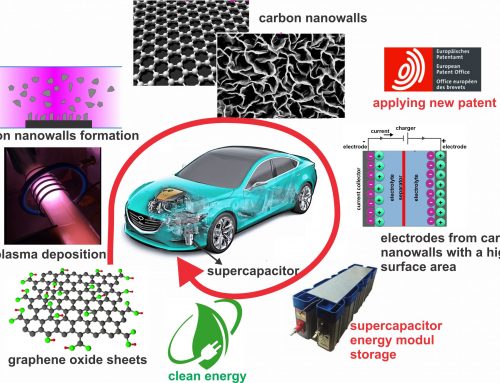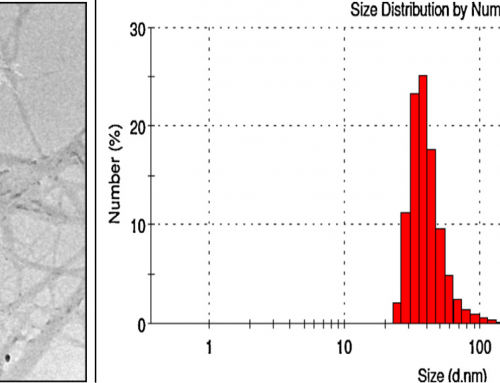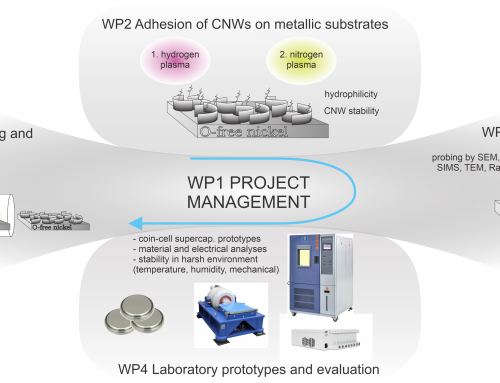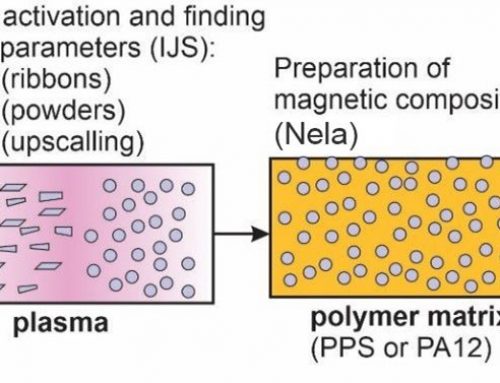Innovative sensors for real-time monitoring of deposition rates in plasma-enhanced chemical vapour deposition (PECVD) systems
Project Leader: Prof. Ddr Denis Đonlagić (University of Maribor, Faculty of Electrical Engineering and Computer Science)
Investigator: Dr Rok Zaplotnik (Jozef Stefan Institute)

An innovative sensor for real-time monitoring of the deposition rates for thin dielectric films in Plasma-Enhanced Chemical Vapour Deposition (PECVD) systems will be constructed and validated. An interdisciplinary team consisting experts in optoelectronics, plasma science, plasma technology and sensor technology will be established. The team will consist of partners from a university, a public research institute, a private research centre and an industrial partner. The team will construct a sensor suitable for data acquisition in a time scale of about 100 ms with the sensitivity of about 1 nm. The sensor will be first tested in a small experimental system for reactive sputter deposition available at the University. Prototypes will be then validated in a system for PECVD deposition of thin films using hexamethyl di-siloxane precursor at the Institute, and further validated in a 5 cubic meters large system for PECVD deposition of thin silicon dioxide layers on polymeric components of complex shape and rather large size. This system is used routinely for depositing protective layers on head lamps for automotive industry. The experts from the private research centre will construct an appropriate power supply including electronics for automatic data acquisition. The deliverable of this applied research project will be therefore an industrial prototype of a sensor ready for use in PECVD reactors worldwide. The original solution will be protected with a patent application, while the scientific aspect will be disseminated by papers submitted to prominent topical journals as well as through presentations at plasma conferences. The co-funding organization and beneficiary of this project will be able to commercialize the sensor soon after accomplishing this project. The sensor will be flexible enough for application in plasma reactors of various sizes using different discharges for sustaining non-equilibrium gaseous plasma. It will be small and will represent a price-effective alternative to standard methods for in-situ measuring thicknesses of thin films upon deposition in plasma reactors.
